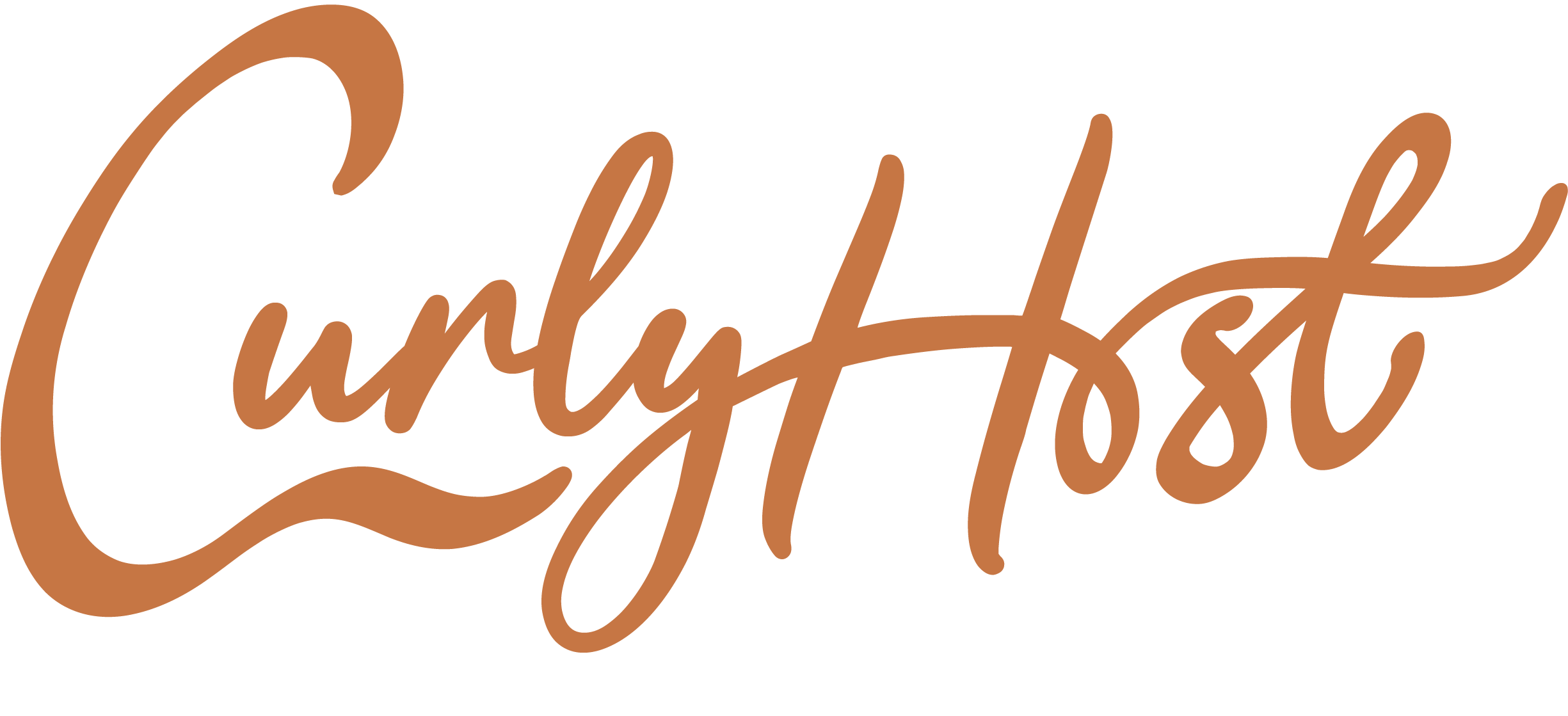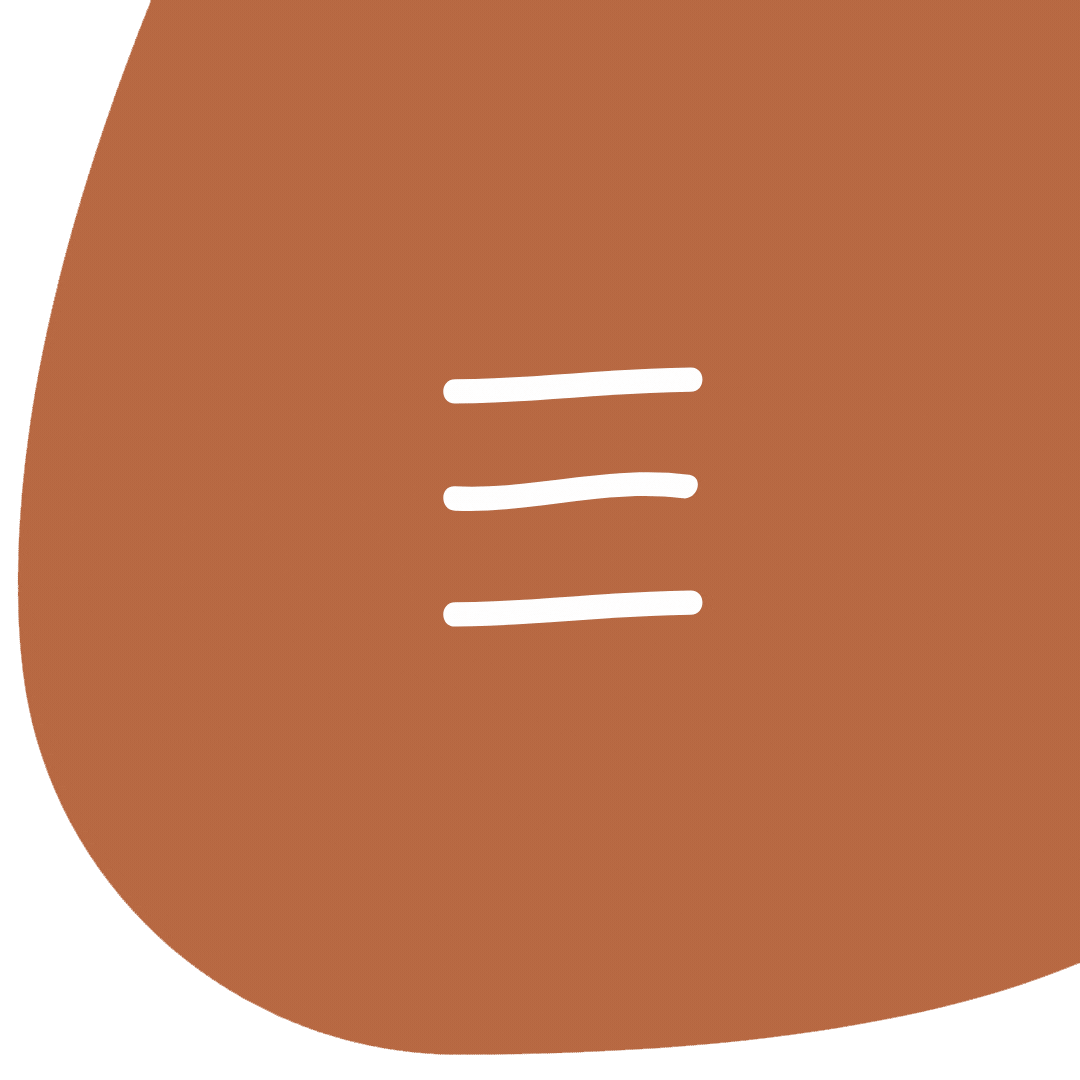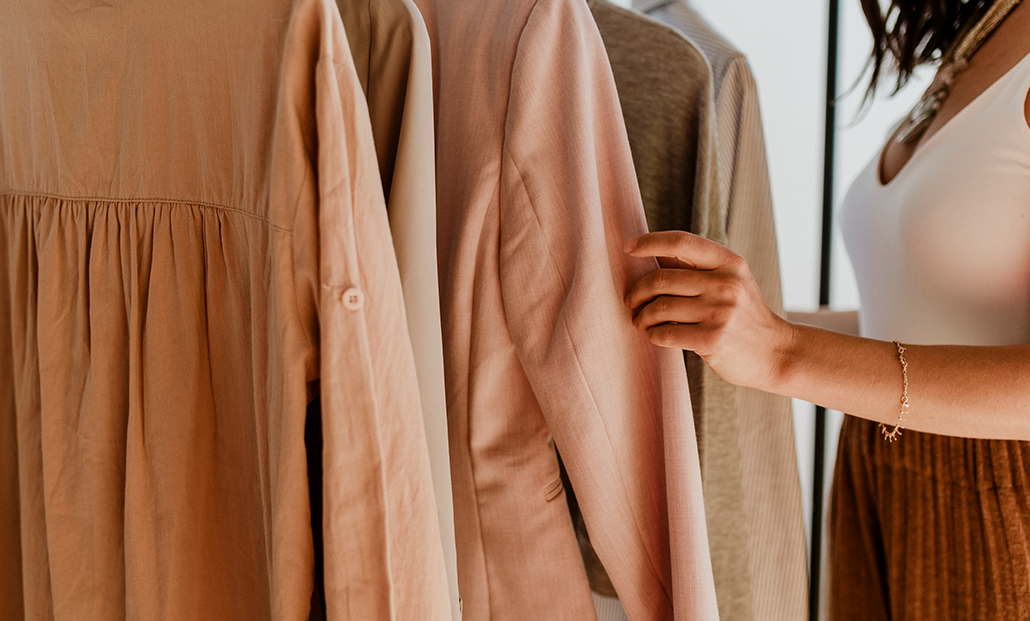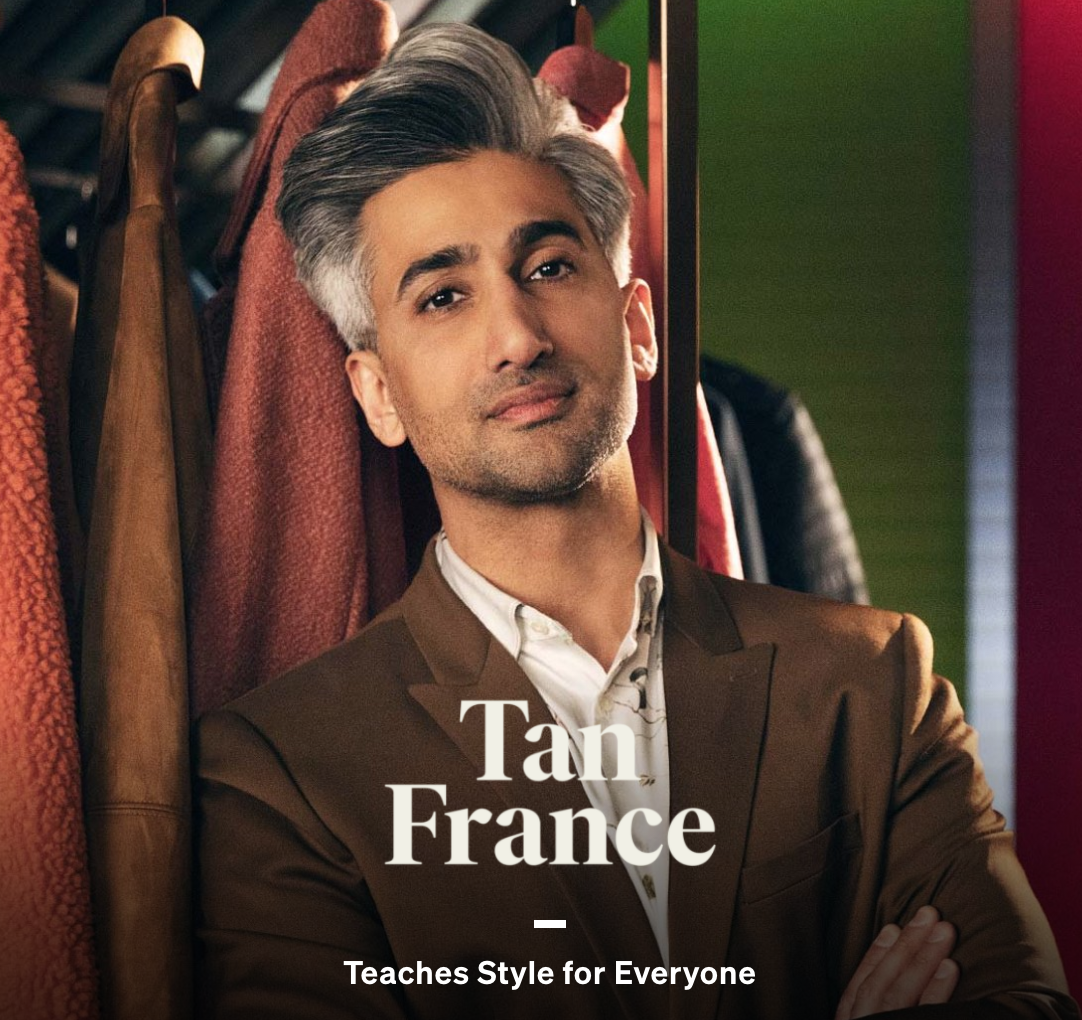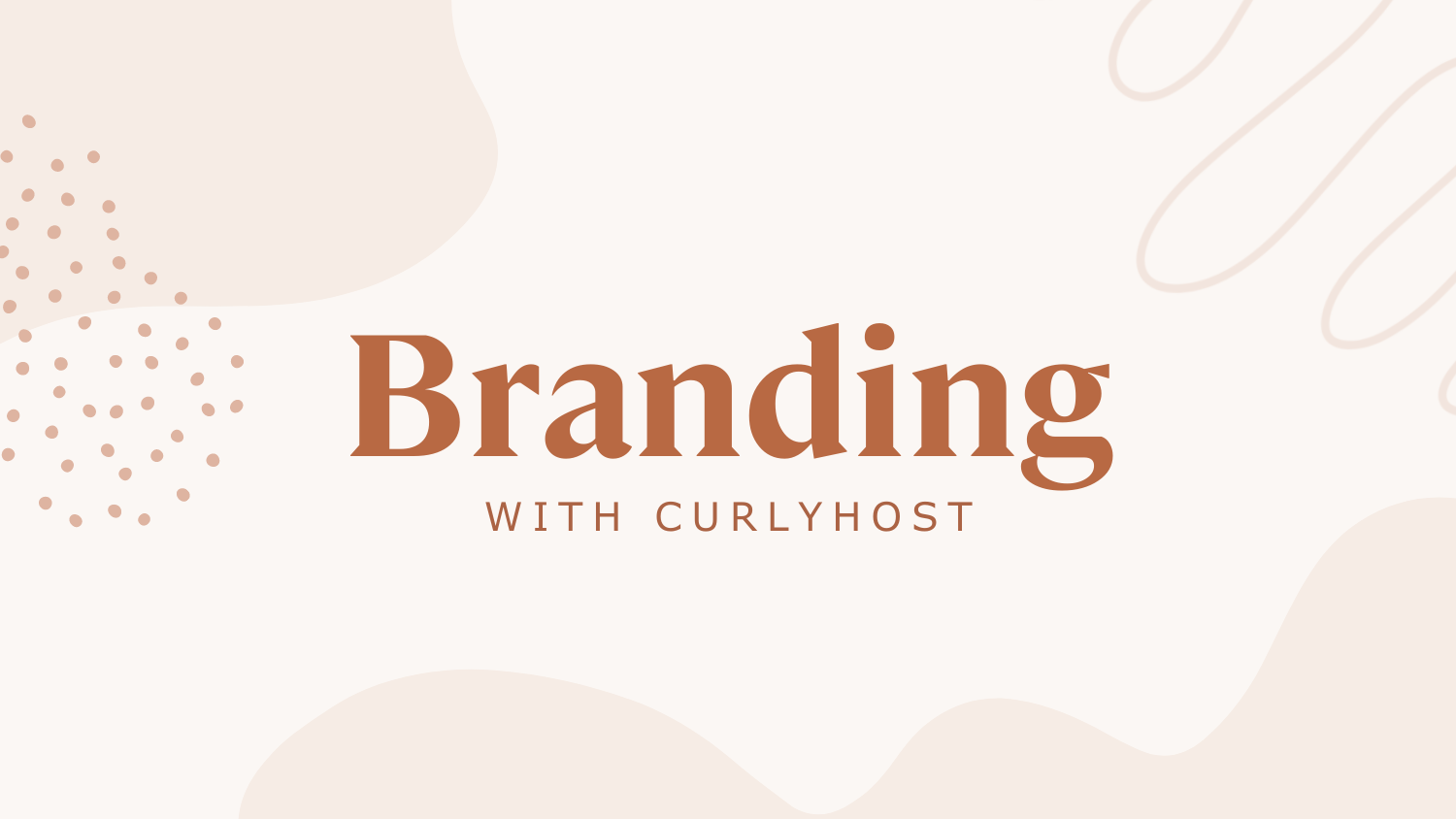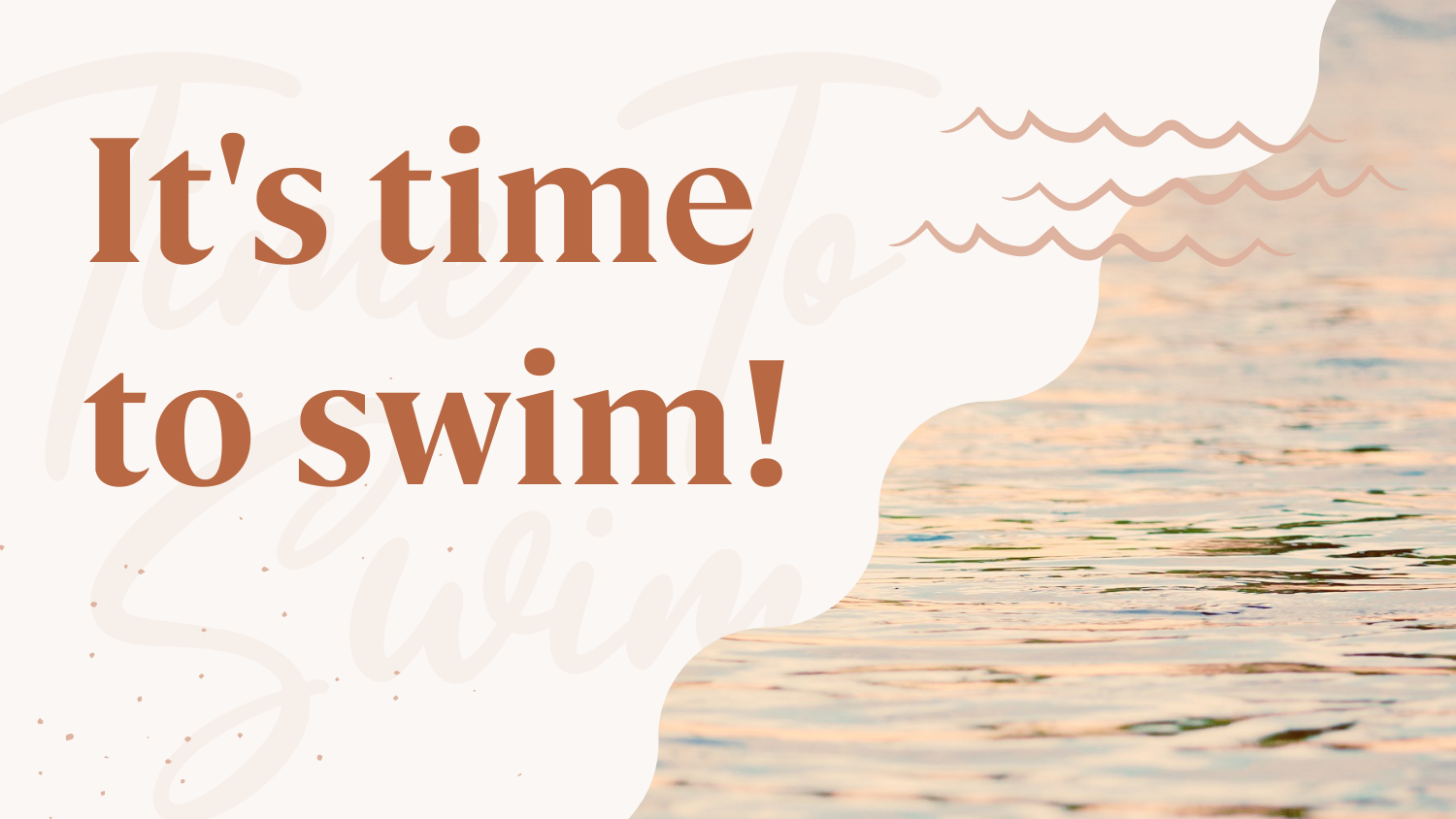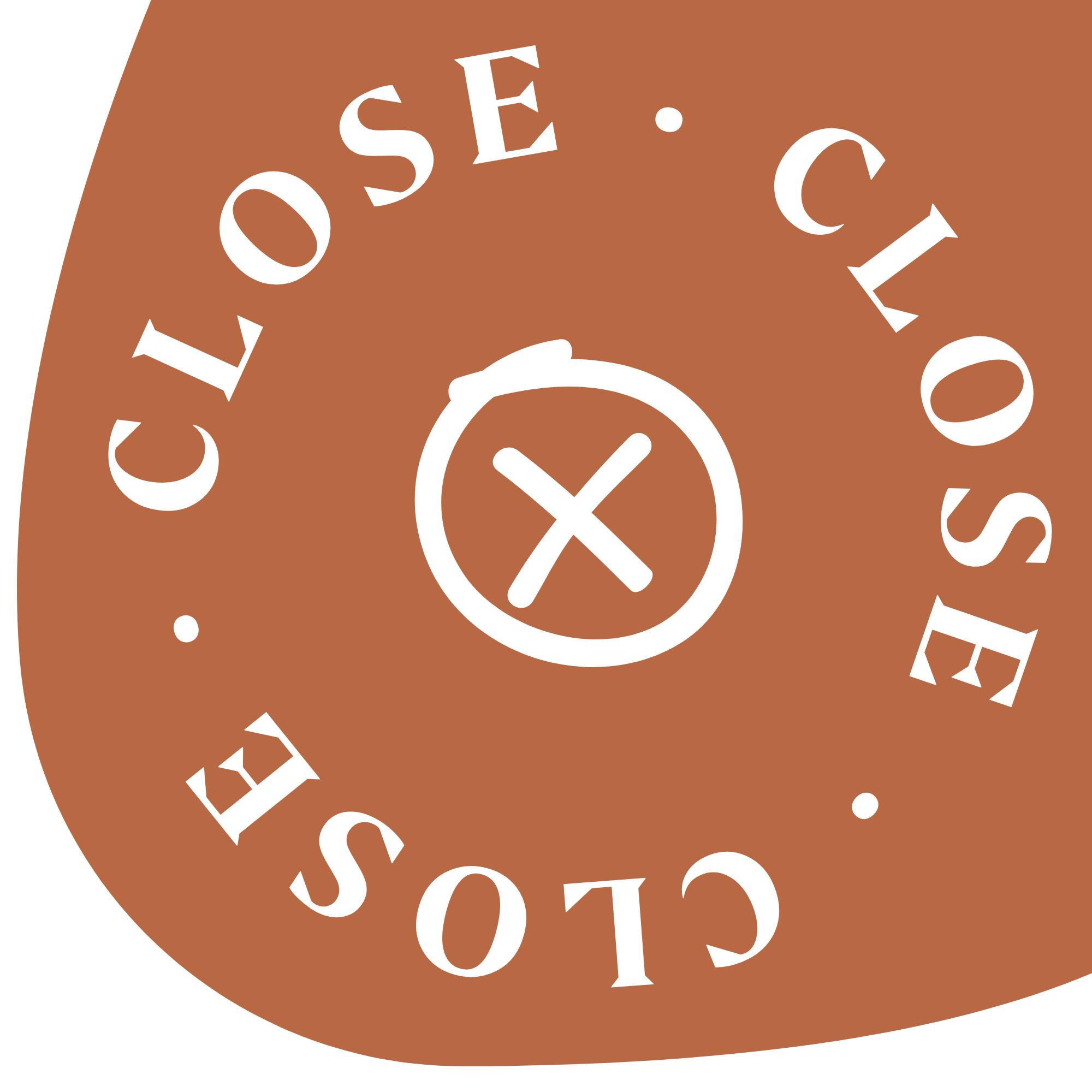Our style is the manifestation of our values. It gives other people an instant-read to who we are and how we want to be treated.
Andrea Napierkowski
I met a saleswoman this past winter, and she referenced her appearance as being “clearly different.” Behind the counter, with a mask covering her face and a loose sweater covering her body, she looked so alarmingly normal to me. It felt odd to me that she would reference herself as being someone that “stuck out.”
Behind the lightly patterned face mask, the long dark brown hair, and the heavy knit green sweater was someone who longed to be understood by her presentation. Underneath was a woman whose arms were covered in beautiful tattoos, who smoked a long tobacco pipe, who crafted beautiful leather goods with her hands, who had an artfully decorated home filled with two mischievous cats, and who had a loving partner who made up her world. Her personal style was a manifestation of her values. They were grand proclamations of who she was. Forged in rejection, they were each a declaration. Except I couldn’t see them.
I have thought about this interaction since then. How our wardrobes are the methods with which we forge our identity each day. They are the symbols that represent our values, and it’s in those details that we hope others will understand us with more clarity.
What does your style say about you?
What is your current style?
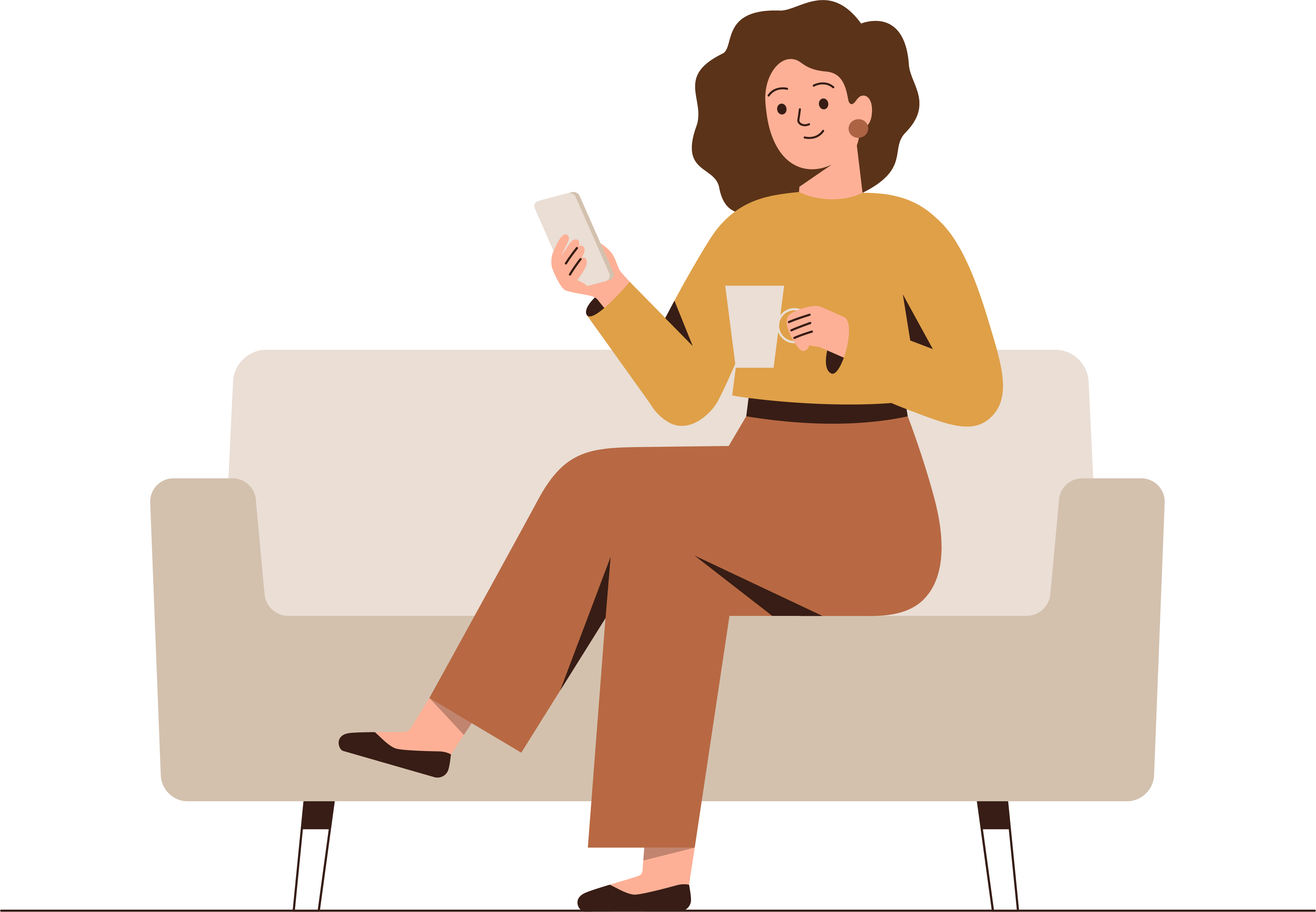
- Formal
- Casual
- Edgy
- Professional
- Flirty / Attractive
- Unique
- Powerful
What about your style makes this impression?
- Colors
- Patterns
- Accessories
- Brands
- Fit
Have you ever tried on a sweater that looked amazing on the model only to find that it looked off on you? Tried clothes that fit your personality while at work but didn’t feel right after transitioning to a different environment? Tried colors that looked amazing on other people but awful on you? Tried fits that work on different body types but just made you feel self-conscious all day? Maybe, you can’t quite place it, but some of your clothes simply don’t suit you anymore, and it’s essential to get them out of your daily decision-making so you can dress with more ease.
All of those things you keep in your closet but don’t end up wearing take up mental space as you try to suit up each day. Each day you have to navigate the colors, patterns, fit, weight, texture, and look that doesn’t feel right just to guide how you want your first impression to come across.
How we present ourselves to the world is such a big part of how we feel about ourselves, and it’s fundamental to consider your closet as the first step in defining what you like and dislike. As we become more digital, that same consideration you place on your personal style could help you learn about what you might like and dislike with your digital style and find a way to resonate with your users that feels authentic.
What is your ideal style, and what precisely could you do to enhance your wardrobe to make that impression? Think about how you want your clothes to make you feel. It’s not about trends or being fashionable per se. It’s about how capable we are of expressing ourselves.
Our clothing says a lot about us...
- How much power we wield.
- How much influence we have.
- How smart we are.
- How much we earn.





Each of us is living our own private journey. The more we know about each other, the more accessible our communication with each other can be. What we wear allows people, at a quick glance, to understand a few things about us.
Style is not fashion. Fashion is not trendy after a season. I couldn't give a sh** about fashion. Style is dressing the way that you feel confident and what is appropriate for you, your age, body type.
Tan France
Last year I had a closet full of black. Black coats, black pants, black skirts, black shirts, black shoes, and a whole host of accessories that went best with black. But I didn’t particularly like black – I actually disliked it a great deal save for the fact that it hides all of my mistakes in getting food from my fork to my mouth. So I defaulted to black because it was the easiest color to “match” things with. But I genuinely love earth tones better – brown, gold, burnt orange, pink, and brick red.
Transitioning my closet from cool tones to warm tones was more difficult than I first thought because the tones of all of my colors clashed with each other.
Warm Tones vs. Cool Tones
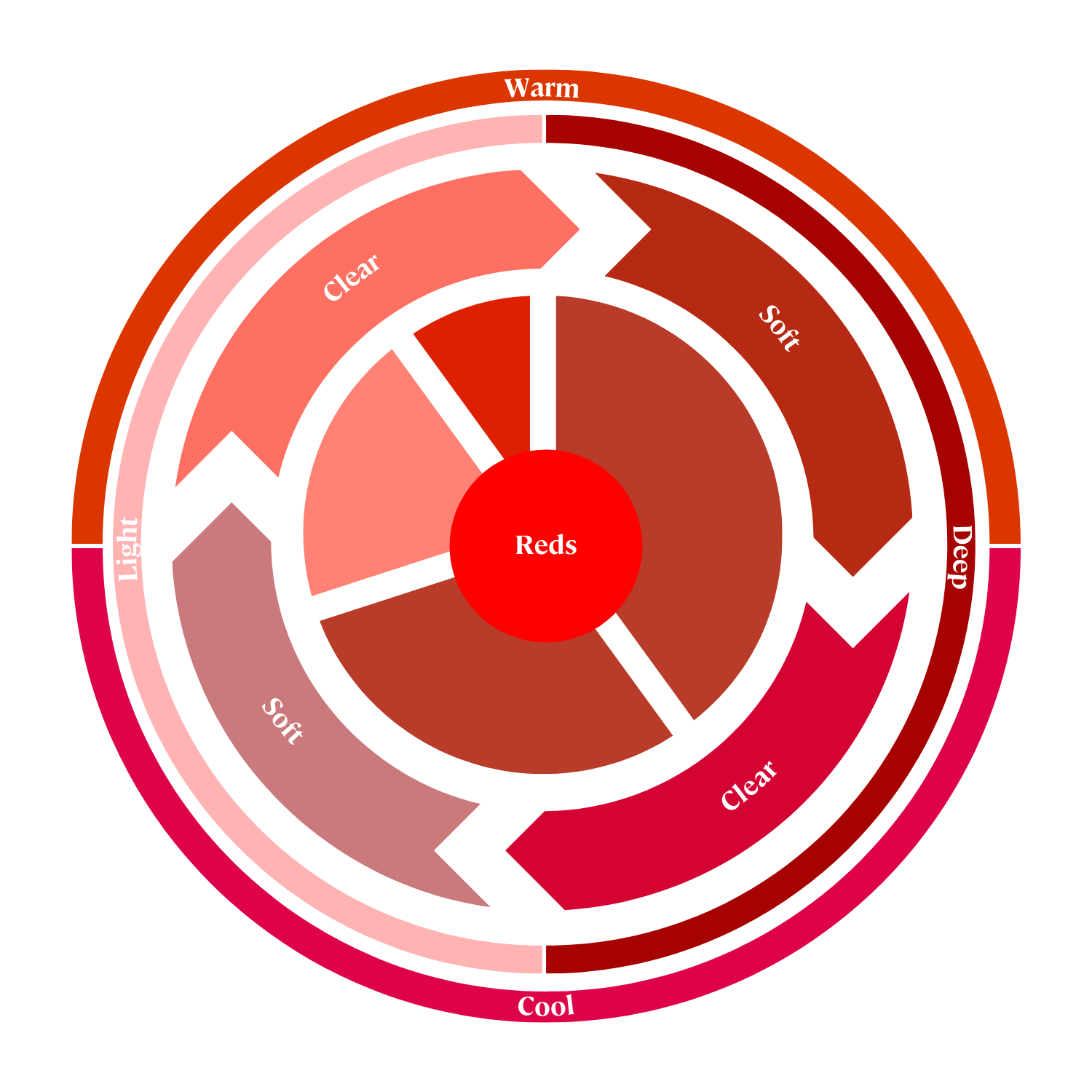
Audit Your Style
Before going out to integrate new items into your closet, try limiting yourself to just the clothing you love out of your closet and see how that makes you feel. What if your whole wardrobe made you feel like that? Use these steps to curate your own Capsule Wardrobe out of your own closet.
1.
Observe
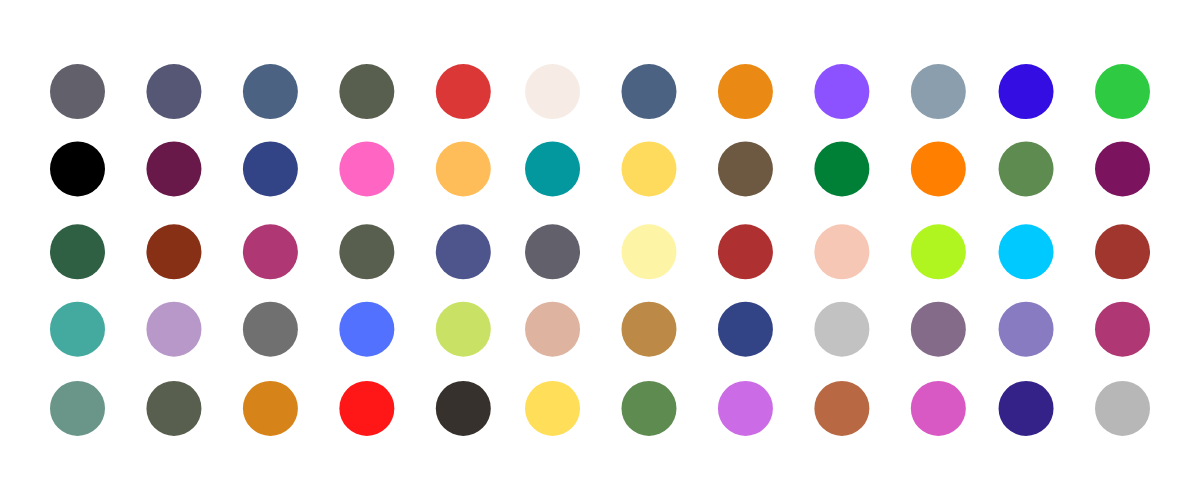
2.
Base Colors + Accent Colors
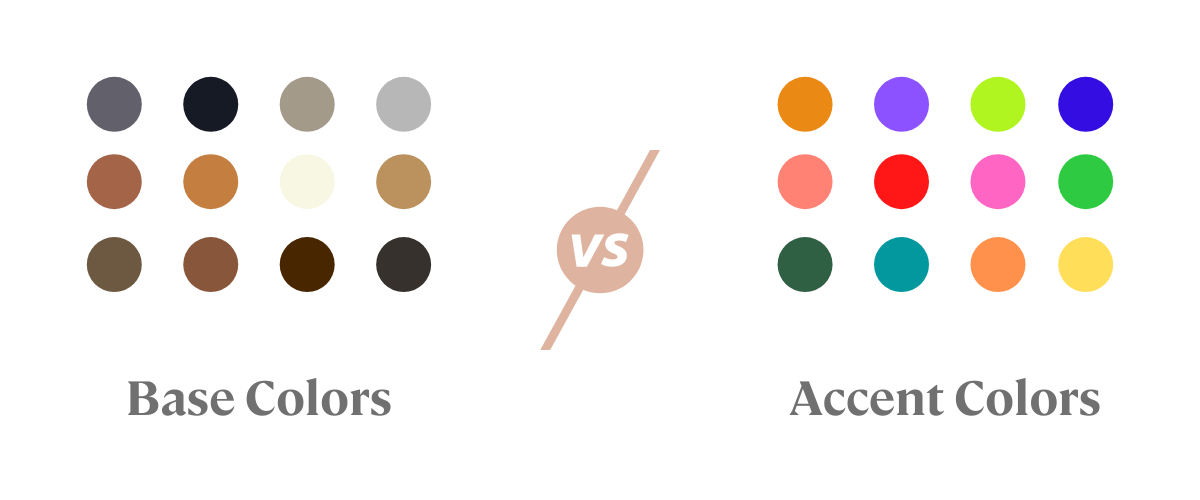
3.
Prints + Textures
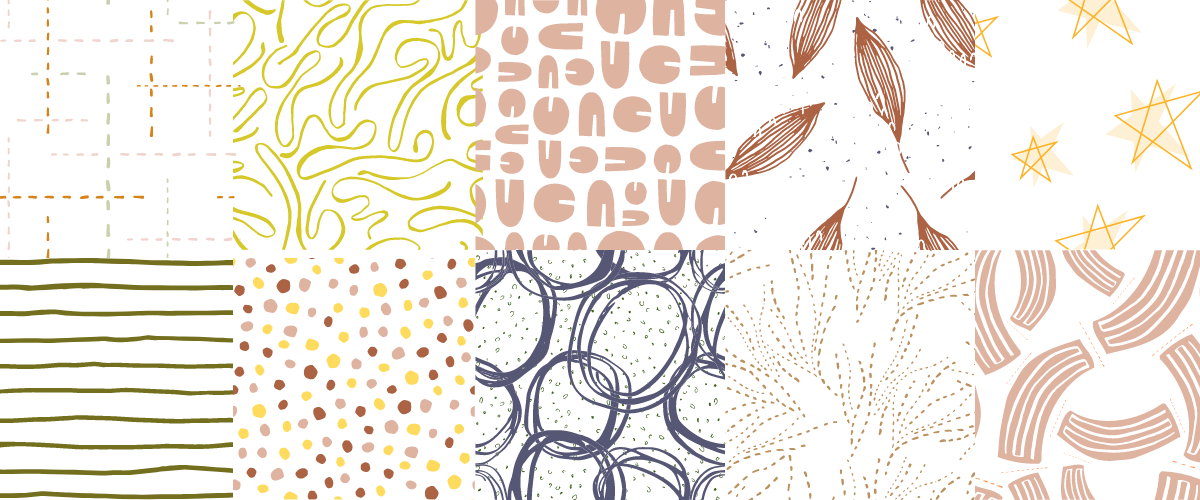
4.
Seasonality

Tune In To Your Undertone

1.
The Vein Test
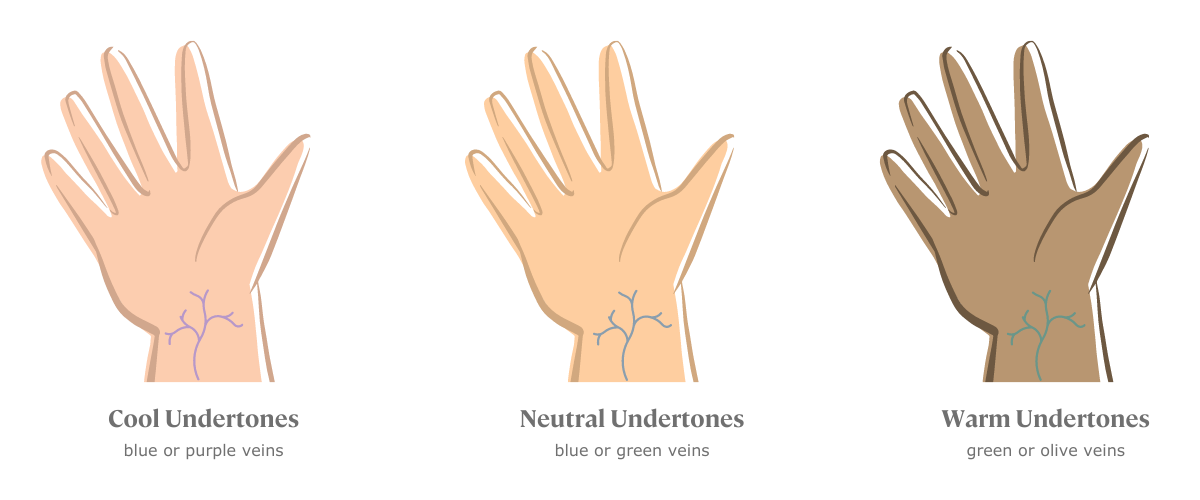
2.
Natural Hair Tone
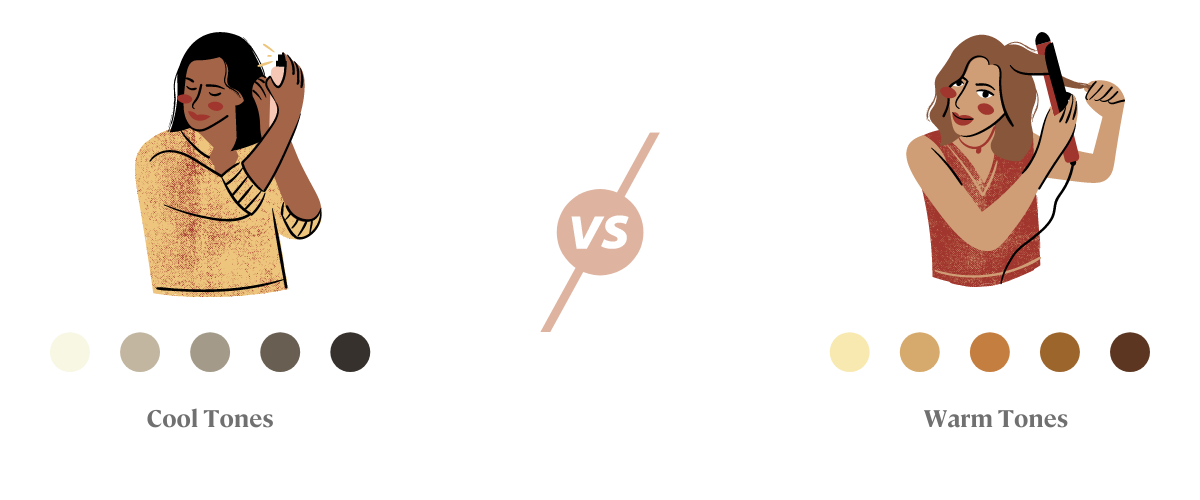
3.
Gold or Silver
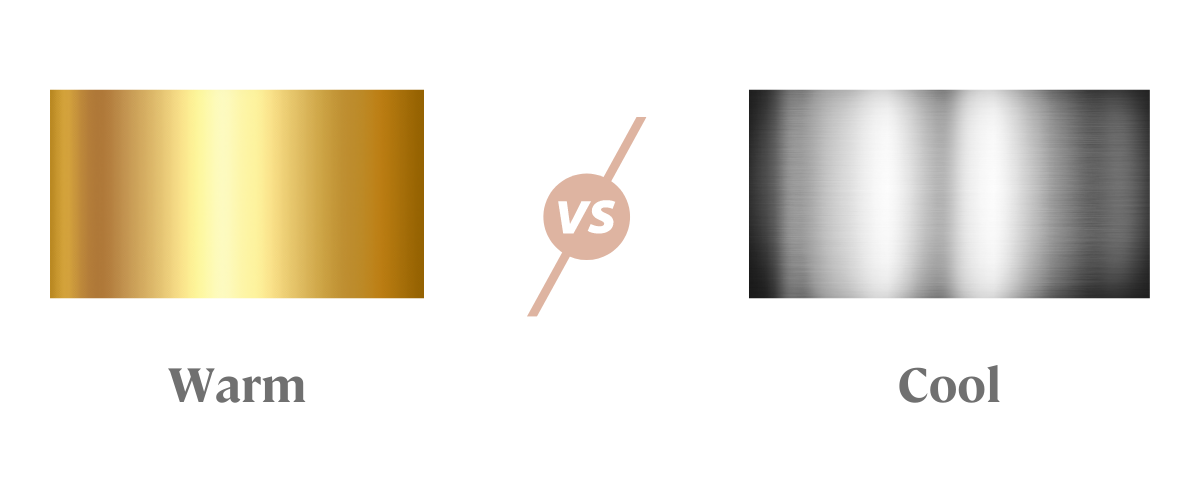
4.
Best Neutrals
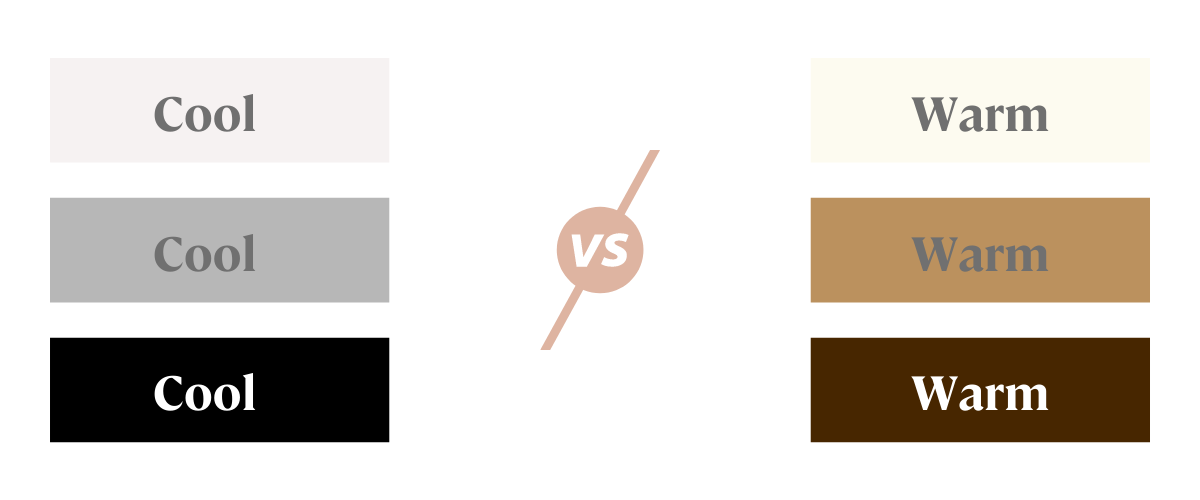
5.
Eyes
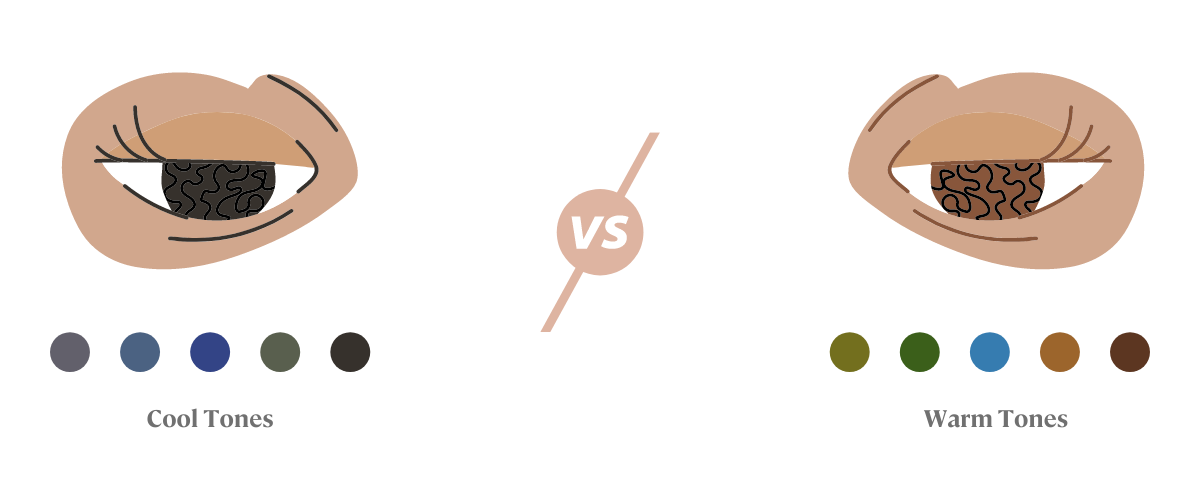
Make Your Digital Presence An Extension of Yourself
Knowing yourself is the beginning of all wisdom. - Aristotle
I wore black for years because I thought it looked professional, and I wanted to be perceived as professional. Like putting on a character for a play, dressing up in my Lululemon inspired black professional outfit felt like a character that would be respected. Yet, it never really felt authentic to me.
Once I started navigating what I liked on my body, I found myself unable to resonate with the branding that I had. Based on those same cool colors that no longer resonated, I needed to shift my digital style to match. I needed a color palette rich with earth tones and organic shapes to play with so that whatever I shared felt more authentic – more fun – more like me. Thus, my physical transformation led to my digital one. Check out the transformation below. ↓↓↓
Since I navigated my new color palette, I love dressing just for me. When I’m at a thrift store, it’s so fun to find just the right shade outfit because I know my palette. I feel like I’m not getting ready for some kind of performance that’s separate from myself. I’m just me performing me now, and that feels good.
Since we updated our website, I love sharing things digitally because it feels like an authentic extension of who we are. It’s not us trying to copy what other digital companies are doing. I’m just trying to accurately describe us and the culture with how we work.
Audit Your Digital Style
What you discover about your likes and dislikes concerning how to present yourself in person can significantly impact how you might what to introduce yourself digitally.
Suppose you want a digital presence that feels cohesive. In that case, you first need to understand what you like and what you dislike currently about how you are representing yourself now. What resonates with your audience online? What websites do you enjoy being on? Do you feel connected to certain brands based on the colors, fonts, imagery, or messaging? How might you try on different styles to see what might resonate?
What is your digital style?
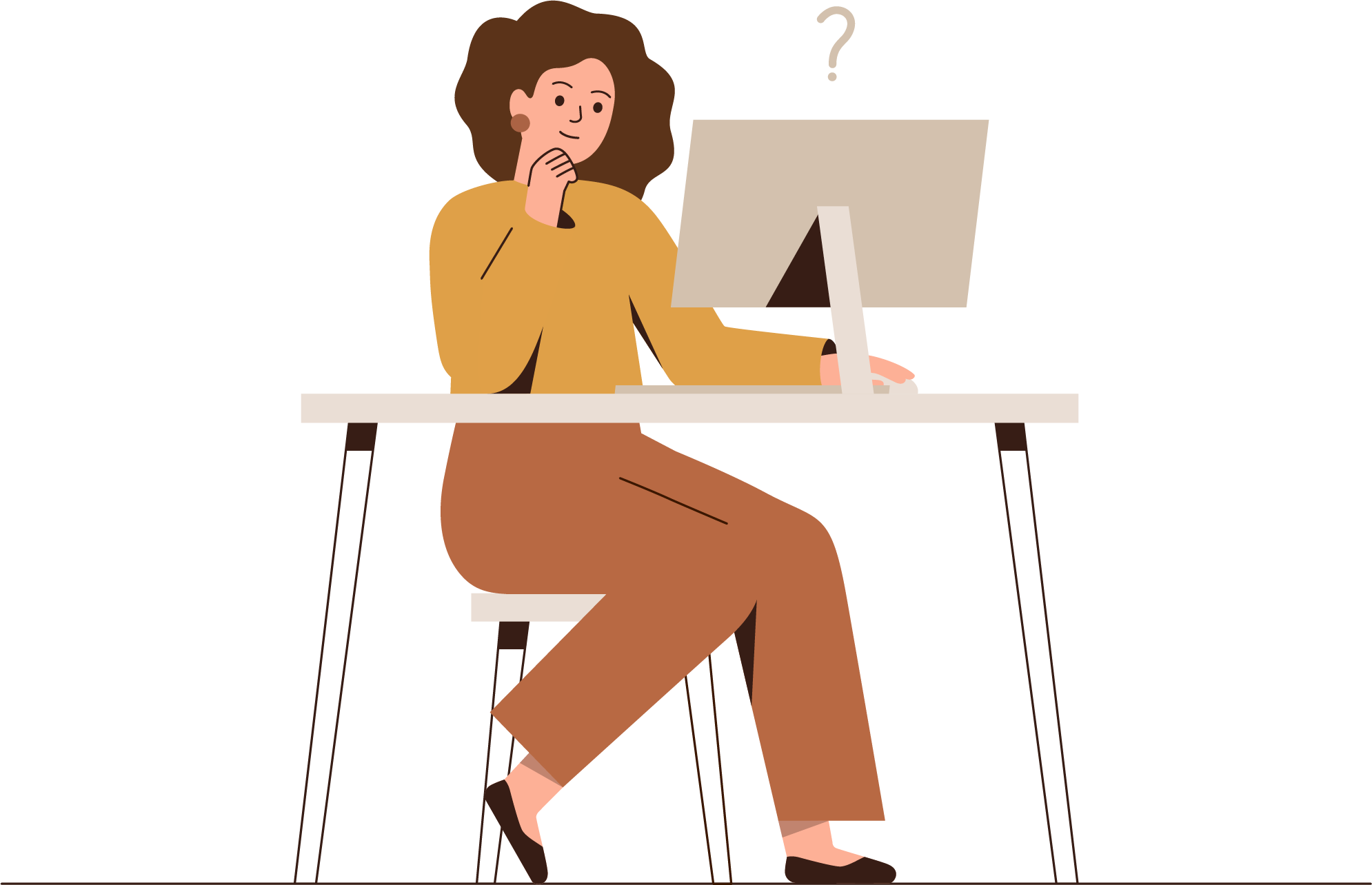
- Formal
- Casual
- Edgy
- Professional
- Flirty / Attractive
- Unique
- Powerful
1.
Define Your Style
2.
Create a palette
3.
Build a fit guide
4.
Align your closet to your lifestyle
5.
Design your ideal capsule wardrobe
6.
Clean out your closet
7.
Organize your closet
8.
Create a wish list
9.
Shop thoughtfully
The daily act of dressing well fine-tunes your taste. It increases your confidence in trusting your ability to choose what works for you.
Andrea Napierkowski
Transformation is amazing. I love watching makeover shows regardless of the message because I love the before and after. The format for Queer Eye is scripted. There’s Bobby’s home transformation, Jonathan’s hair and self-care tips, Karamo’s deep dive into what’s holding them back emotionally, Antoni showing them around what they are putting into their body, and, of course, Tan’s big outfit makeover. I love the rawness of the hero’s journey as you slowly uncover how they came into their style and why it no longer suits them anymore.
I cry in every episode. But, those real authentic moments don’t just happen in 10 minutes. “Going through the footage and making sure that you’re representing the hero in their truest, most authentic self—that’s really the most important thing.” With up to 80 hours of footage and a month to cut together, the Fab Five’s transformation takes a deep dive into all aspects of their life. Then, it is edited down to small bite-sized areas of change.
Sometimes transformation starts in the closet, and it bleeds out into every other aspect of your life.
2 hour Master Class – Learn how to build a capsule wardrobe; select colors, shapes, and patterns that work for your body and your unique personality; and discover the confidence to look and feel your best, every day.
